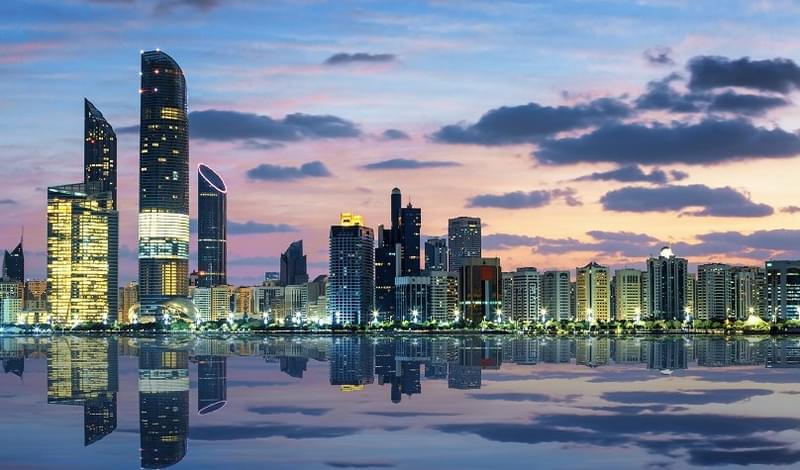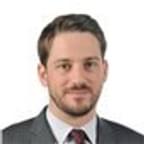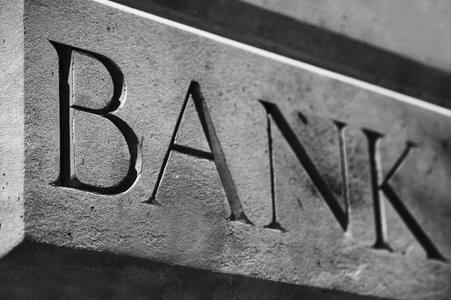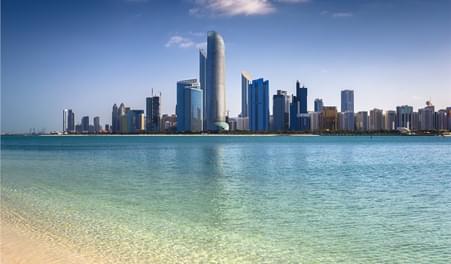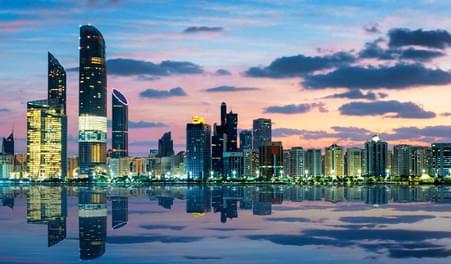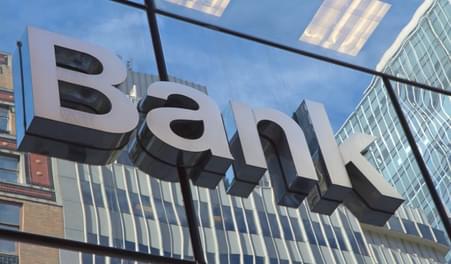The UAE’s bid to become a powerhouse for domestic and multinational enterprises of various sizes is bearing fruit, and a closer look at the country’s economy would suggest the traditional drivers of economic growth are starting to broaden.
The Economy is Changing
Data released by the UAE Central Bank in September this year show close to 60,000 new jobs were created between June 2017 and June 2018, and while much of that growth was concentrated in the construction and real estate sectors – driven in part by Expo 2020 - related infrastructure growth – the country is starting to see material increases in manufacturing, domestic corporate services, media, and medical services.
Moreover, despite fears of a prolonged slowdown in the non-oil segments of the economy, especially in the real estate sector, and despite shifting international sentiment on emerging markets, there is reason to be optimistic about the direction and shifting makeup of the business community in the region. The higher oil price provides regional government space to progress with medium-term economic development objectives.
The announcement of the fiscal support packages demonstrates the resolute commitment of the government regarding supporting growth and strengthening the investment environment. There have been a number of announcements related to various economic support packages, including programmes for boosting the population and employment growth, supporting SMEs, reducing business costs and strengthening the investment environment.
The most immediate boost to non-oil activity will come from an increase in direct government spending in the economy. Notably, a strongly expansionary federal budget has been approved for 2019 with total spending slated at USD16.4 billion.
These are encouraging signs of diversification in a region that still remains largely dependent on oil and a select few industries, and a testament to the efforts of the UAE’s leadership in driving sustainable growth in the country.
Corporate Diversification Meets Funding Diversification
This shifting makeup of the region’s economic base goes hand-in-hand with the financing diversification being seen in the region. According to data published by Fisch Asset Management, about 75% of bonds issued over the past 12 months from the GCC were picked up by non-GCC investors.
That figure could swell significantly following the recent confirmation that JP Morgan plans to include sovereign, quasi-sovereign and corporate issues from all GCC countries into its suite of emerging market bond indexes.
Analysts anticipate the move could bring more than USD30bn in passive investment flows to the region, and is highly likely to prompt greater international focus on the region’s credit investment opportunities.
We are also seeing new lenders redouble their commitment to the region, primarily though not exclusively from Asia. The Middle East is increasingly becoming one of the most attractive regions to lend into for Chinese banks; data from Baker McKenzie suggests loans from China-based lenders to energy and infrastructure projects among a broadening number of sectors in the region jumped dramatically since 2014, underscoring growing demand for the region’s risk from the Far East.
Increasing international interest and growing bond market participation bodes well for the GCC, where demand for new credit is robust as borrowers look to get in front of rising interest rates and invest in new CAPEX activities, as illustrated by Bonds & Loans’ Q3 2018 Borrower and Investor Market Sentiment Survey.
The needs of, and challenges faced by those borrowers are key considerations in how and where that funding will be sourced.
Walking Before You Can Run
Growing international demand for the region’s credit implies borrowers need to be ready – in terms of capital structure and risk management – to take advantage of new funding opportunities.
We have been fortunate to have supported our clients within and beyond the UAE in this corporate and funding evolution. A quick look at the 2018 Bonds, Loans & Sukuk Middle East Awards in Dubai, where a number of the borrowers ADCB supported won top prize for innovative transactions that set new benchmarks in their respective categories, illustrates how we have both helped in the development of their debt funding strategies and their broader evolution, while supporting the growth of diverse domestic enterprises.
NMC Healthcare’s multi-tranche term loan, bridge facility and revolving credit facility (Leveraged Finance Deal of the Year) was structured to help the borrower fundamentally revamp its capital structure, which consisted of a heterogeneous mix of different credit instruments with varying maturities.
The AED7.2bn transaction was amongst the largest in the MENA healthcare sector ever, and helped the establish a new capital structure consistent with those found among FTSE100 companies despite a challenging outlook for the segment, and the deal being executed against a backdrop of subdued growth in the region. The deal facilitated NMC Healthcare’s move from a fully secured financing to a fully unsecured financing structure, significantly enhancing the company’s ability to access more diverse markets for future funding needs, including the capital markets.
A similarly innovative approach predicated the senior secured project finance facility for Sharjah Waste to Energy LLC, allowing the company to develop the GCC’s first waste-to-energy plant. Jointly owned by Masdar and Bee’ah – leaders in renewable energy and environmental services, respectively - the firm was able to secure a door-to-door tenor of 20-years, while the soft mini-perm structure – a rarity in the region – creates a strong structural and pricing incentive to refinance in the capital markets. The robust contractual structure and offtake agreement meant the Government of Sharjah was able to open up an entirely new and increasingly critical sector for the Emirate and the wider region, setting an important precedent for future waste-to-energy schemes.
Above all, these transactions highlight the importance of partnering with institutions that are attuned to the local nuances of business culture and supportive of best-in-class techniques for raising cost-competitive funding. These are crucial ingredients for any borrower looking to revamp their capital structure to take advantage of new funding opportunities. Moving from reactive to proactive risk management is key to success in today’s market environment, and the recent challenges faced by shifting emerging market sentiment only serve to highlight the importance of accelerating this transition. In this endeavour, first movers will outmanoeuvre and outshine their competition – with healthier balance sheets and mounting international investor appeal.
To get in touch with L udovic Nobili, please contact Ludovic.N@ADCB.com
